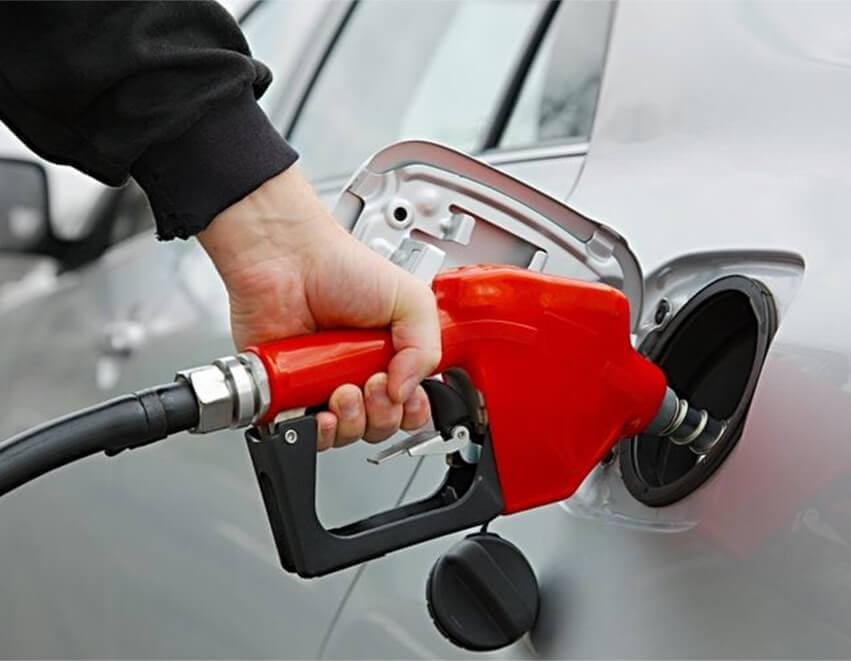Lube meters dispense precise lubricant amounts to maintain equipment. Understand the key features of mechanical, positive displacement, and ultrasonic meters to choose the best system for your needs.
Lube meters dispense precise lubricant amounts to properly maintain equipment. But these tools utilize different technologies to meter oil and grease. Understanding drive types, volumetric accuracy and key features helps select the best system. Major lube meter categories include mechanical, positive displacement and ultrasonic models.
1. Mechanical meters are manual, affordable, medium accuracy
2. Positive displacement meters are electric/air powered, high accuracy
3. Ultrasonic meters provide the highest precision
Let’s explore all these variations and find out which one is the perfect option for you!
Lube meters can be found in the following variations:
Mechanical lube meters feature a lever- or pedal-actuated piston pump to displace grease with each stroke. Gears provide mechanical advantage for smooth pumping. Dial indicators display volume output from 0.26 – 7.8 GPM. These simplistic units see wide use for manual lubrication tasks.
Single-stroke models require restarting the pump for additional output. Automatic reset meters return to top-dead-center automatically for rapid strokes. Mechanical units also accept standard grease cartridges for quick refills in the field. Durability and affordability make them ideal for truck service and industrial maintenance applications.
However, mechanical lube meters only achieve +/- 2% volumetric accuracy. Actual output depends on operator technique, grease consistency, and back pressure. Still, they adequately handle many regreasing jobs where precision isn’t critical.
To achieve under +/- 0.1% accuracy, positive displacement (PD) lube meters use an electric or pneumatic motor to drive the pump. This eliminates variability from manual operation. PD technology also provides programmable shot sizes.
Electric PD meters offer cordless portability or benchtop mounting for dedicated stations. Pneumatic versions tie into plant air for convenient placement without electrical connections. Whichever drive type, exact stroke volumes repeat consistently at the touch of a button.
Preset lubricant amounts ensure proper regreasing of bearings and components. PD meters also integrate with centralized lube systems for plant-wide monitoring. However, the advanced electronics and tighter tolerances make these units pricier than mechanical models.
For ultra-precise lubricant measurement down to 0.05% accuracy, advanced ultrasonic lube meters use sound waves to detect grease levels. An exterior transducer adheres to the reservoir while electronics measure acoustic dampening inside.
As grease leaves the tank, the remaining volume is continuously calculated and displayed on screen. Flow rates also appear to track usage. When paired with PD pumping systems, ultrasonic sensors enable very accurate fluid dispensing. Costs are higher, but so is performance.
These sophisticated “smart” lube meters work for oil tanks too. Automated top-off valves maintain optimal fill levels while sensors trend usage. Some industrial sites even implement ultrasonic monitoring into centralized lubrication programs.

Mechanical, positive displacement, and ultrasonic lube meter technologies each serve different accuracy, integration, and budgetary needs. Understanding these key differences allows for matching the best system to equipment lubrication requirements.
For expert guidance selecting among these meter types, rely on Aocheng Group’s extensive product range and application experience.




